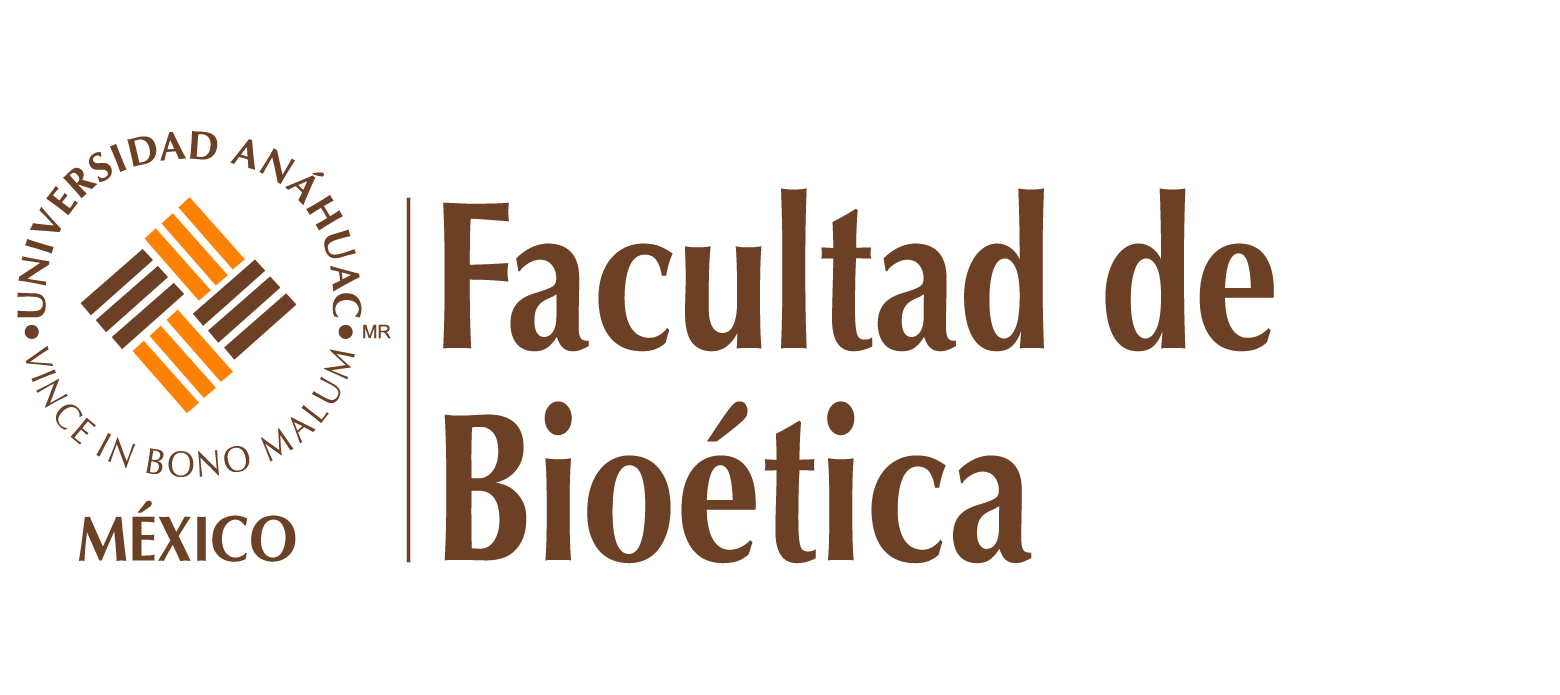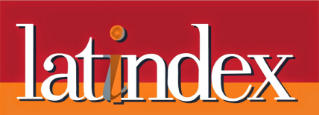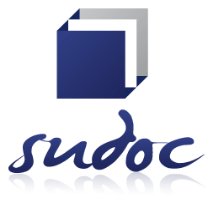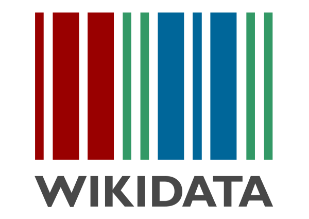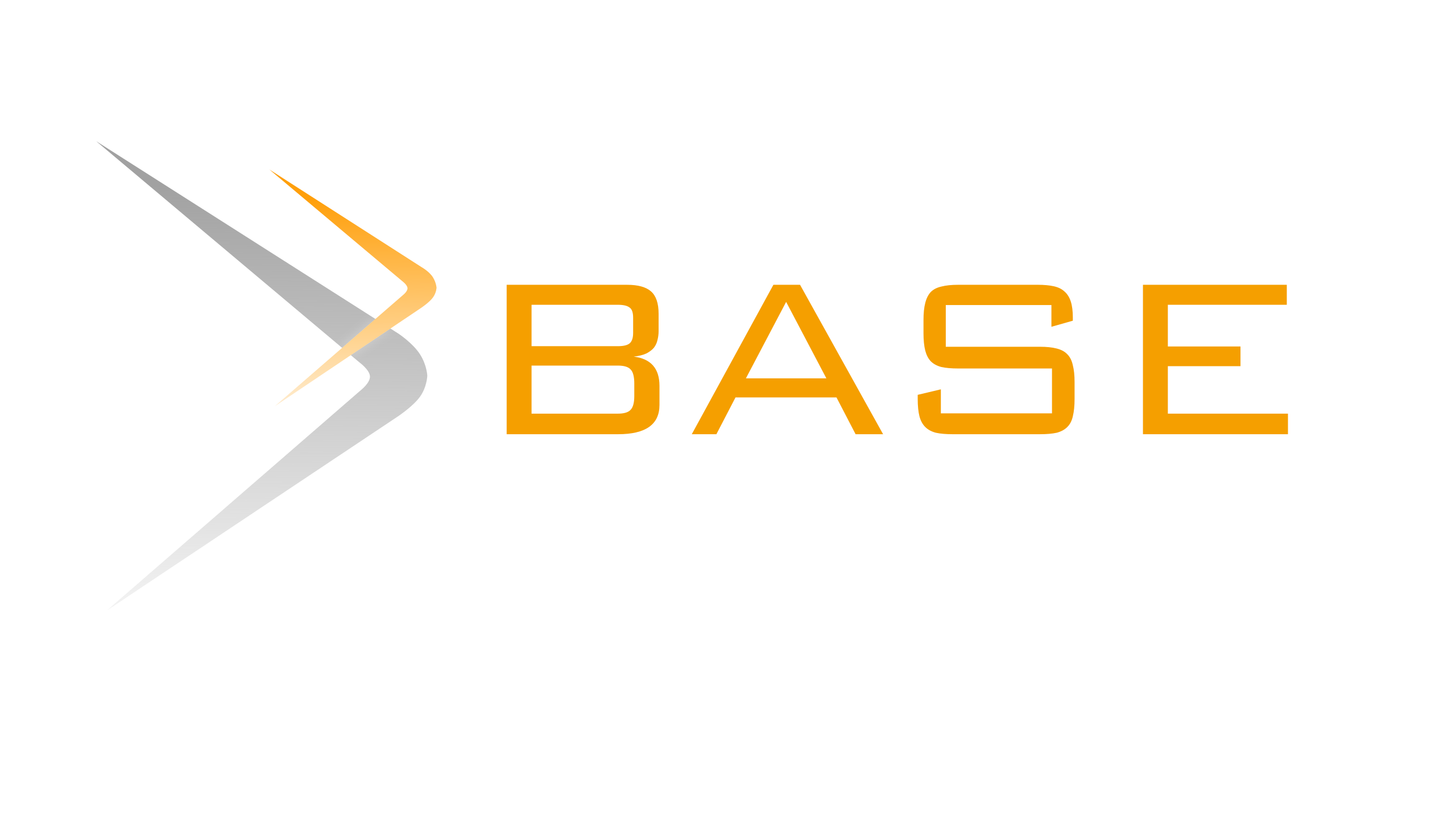Modelos embrionarios con células madre: una reflexión ético-jurídica pendiente
DOI:
https://doi.org/10.36105/mye.2025v36n1.03Palabras clave:
embrioide, reproducción, embrión, investigación, ley, éticaResumen
En los últimos años el desarrollo de modelos in vitro con células madre humanas que simulan el desarrollo embrionario temprano ha vivido un gran progreso. Las dificultades para acceder a embriones humanos, la escasez de material embrionario y los desafíos técnicos, legales y éticos existentes sobre la investigación y experimentación con embriones humanos in vitro siguen siendo una barrera para avanzar en el conocimiento de la embriogénesis tras la gastrulación.
El objetivo del presente trabajo de investigación es introducir el estado de la cuestión y analizar la situación ético-jurídica que regula estos modelos de desarrollo. Exponiendo brevemente la situación en territorio español.
La metodología de investigación se ha basado en el análisis de publicaciones científicas, normas jurídicas y principios éticos. La principal conclusión recogida es que los límites de la investigación con embrioides no se han descrito y es probable que se vuelvan indispensables conforme avanza la investigación hacia modelos con potencialidad para ser trasferidos y gestados intraútero.
Descargas
Referencias
Stern CD. Reflections on the past, present and future of developmental biology. Dev Biol. 2022; 488:30-4. https://doi.org/10.1016/j.ydbio.2022.05.001
Ghimire S, Mantziou V, Moris N, Martinez Arias A. Human gastrulation: The embryo and its models. Dev Biol. 2021; 474:100-8. https://doi.org/10.1016/j.yd-bio.2021.01.006
Pereira Daoud AM, Popovic M, Dondorp WJ, Trani Bustos M, Bredenoord AL, Chuva de Sousa Lopes SM. Modelling human embryogenesis: embryo-like structures spark ethical and policy debate. Hum Reprod Update. 2020; 26(6):779-98. https://doi.org/10.1093/humupd/dmaa027
Hyun I, Munsie M, Pera MF, Rivron NC, Rossant J. Toward Guidelines for Re- search on Human Embryo Models Formed from Stem Cells. Stem Cell Rep. 2020; 14(2):169-74. https://doi.org/10.1016/j.stemcr.2019.12.008
Luijkx D, Shankar V, van Blitterswijk C, Giselbrecht S, Vrij E. From Mice to Men: Generation of Human Blastocyst-Like Structures In Vitro. Front Cell Dev Biol. 2022; 10:838356. https://doi.org/10.3389/fcell.2022.838356
Chen Y, Shao Y. Stem Cell-Based Embryo Models: En Route to a Programmable Future. J Mol Biol. 2022; 434(3):167353. https://doi.org/10.1016/j.jmb.2021.167353
Rossant J, Tam PPL. Opportunities and challenges with stem cell-based embryo models. Stem Cell Rep. 2021; 16(5):1031-8. https://doi.org/10.1016/j.stemcr.2021.02.002
Corujo-Simon E, Radley AH, Nichols J. Evidence implicating sequential commitment of the founder lineages in the human blastocyst by order of hypoblast gene activation. Development. 2023; 150(10):dev201522. https://doi.org/10.1242/dev.201522
Rivron NC, Martinez Arias A, Pera MF, Moris N, M’hamdi HI. An ethical framework for human embryology with embryo models. Cell. 2023; 186(17):3548-57. https://doi.org/10.1016/j.cell.2023.07.028
De Miguel Beriain I. What is a human embryo? A new piece in the bioethics puzzle. Croat Med J. 2014; 55(6):669-71. https://doi.org/10.3325/cmj.2014.55.669
Ball P. What is an embryo? Scientists say definition needs to change. Nature. 2023; 620(7976):928-9. https://doi.org/10.1038/d41586-023-02641-2
Steptoe PC, Edwards RG, Purdy JM. Human blastocysts grown in culture. Nature. 1971; 229(5280):132-3. https://doi.org/10.1038/229132a0
Wamaitha SE, Niakan KK. Human Pre-gastrulation Development. Curr Top Dev Biol. 2018; 128:295-338. https://doi.org/10.1016/bs.ctdb.2017.11.004
Shahbazi MN, Jedrusik A, Vuoristo S, Recher G, Hupalowska A, Bolton V, et al. Self-organisation of the human embryo in the absence of maternal tissues. Nat Cell Biol. 2016; 18(6):700-8. https://doi.org/10.1038/ncb3347
Braude P, Bolton V, Moore S. Human gene expression first occurs between the four and eight cell stages of preimplantation development. Nature. 1988; 332(6163):459-61. https://doi.org/10.1038/332459a0
Molè MA, Weberling A, Zernicka-Goetz M. Comparative analysis of human and mouse development: From zygote to pregastrulation. Curr Top Dev Biol. 2020; 136:113-38. https://doi.org/10.1016/bs.ctdb.2019.10.002
Meistermann D, Bruneau A, Loubersac S, Reignier A, Firmin J, François-Campion V, et al. Integrated pseudotime analysis of human pre-implantation embryo single cell transcriptomes reveals the dynamics of lineage specification. Cell Stem Cell. 2021; 28(9):1625-1640.e6. https://doi.org/10.1016/j.stem.2021.04.027
Weatherbee BAT, Cui T, Zernicka-Goetz M. Modeling human embryo development with embryonic and extra-embryonic stem cells. Dev Biol. 2021; 474:91-9. https://doi.org/10.1016/j.ydbio.2020.12.010
Müller F, O’Rahilly R. The primitive streak, the caudal eminence and related structures in staged human embryos. Cells Tissues Organs. 2004; 177(1):2-20. https://doi.org/10.1159/000078423
Amadei G, Handford CE, Qiu C, De Jonghe J, Greenfeld H, Tran M. Embryo model completes gastrulation to neurulation and organogenesis. Nature. 2022; 610(7930):143-53. https://doi.org/10.1038/s41586-022-05246-3
Sozen B, Conkar D, Veenvliet JV. Carnegie in 4D? Stem-cell-based models of human embryo development. Semin Cell Dev Biol. 2022; 131:44-57. https://doi.org/10.1016/j.semcdb.2022.05.023
Deglincerti A, Croft GF, Pietila LN, Zernicka-Goetz M, Siggia ED, Brivanlou AH. Self-organization of the in vitro attached human embryo. Nature. 2016; 533(7602):251-4. https://doi.org/10.1038/nature17948
Rivron N, Pera M, Rossant J, Martinez Arias A, Zernicka-Goetz M, Fu J. Debate ethics of embryo models from stem cells. Nature. 2018; 564(7735):183-5. https://doi.org/10.1038/d41586-018-07663-9
Moris N, Alev C, Pera M, Martinez Arias A. Biomedical and societal impacts of in vitro embryo models of mammalian development. Stem Cell Rep. 2021; 16(5):1021-30. https://doi.org/10.1016/j.stemcr.2021.03.023
O’Rahilly R, Müller F. Developmental stages in human embryos: revised and new measurements. Cells Tissues Organs. 2010; 192(2):73-84. https://doi.org/10.1159/000289817
Pera MF, Trounson AO. Human embryonic stem cells: prospects for development. Dev Camb Engl. 2004; 131(22):5515-25. https://doi.org/10.1242/dev.01451
Takahashi K, Yamanaka S. Induction of pluripotent stem cells from mouse embryonic and adult fibroblast cultures by defined factors. Cell. 2006; 126(4):663-76. Disponible en: https://www.cell.com/fulltext/S0092-8674(06)00976-7
Pullicino P, Richard EJ, Burke WJ. Mass Production of Human Embryoid Cells from Developmentally Frozen Embryos: Is It Ethical? Linacre Q. 2020; 87(3):347- 50. https://doi.org/10.1177/0024363920926013
Fu J, Warmflash A, Lutolf MP. Stem-cell-based embryo models for fundamental research and translation. Nat Mater. 2021; 20(2):132-44. https://doi.org/10.1038/s41563-020-00829-9
Shahbazi MN, Siggia ED, Zernicka-Goetz M. Self-organization of stem cells into embryos: A window on early mammalian development. Science. 2019; 364(6444):948-51. https://doi.org/10.1126/science.aax0164
Kagawa H, Javali A, Khoei HH, Sommer TM, Sestini G, Novatchkova M. Human blastoids model blastocyst development and implantation. Nature. 2022; 601(7894):600-5. https://doi.org/10.1038/s41586-021-04267-8
Matthews KRW, Wagner DS, Warmflash A. Stem cell-based models of embryos: The need for improved naming conventions. Stem Cell Rep. 2021; 16(5):1014-20.
Warmflash A, Sorre B, Etoc F, Siggia ED, Brivanlou AH. A method to recapitulate early embryonic spatial patterning in human embryonic stem cells. Nat Methods.
; 11(8):847-54. https://doi.org/10.1016/j.stemcr.2021.02.018
Aach J, Lunshof J, Iyer E, Church GM. Addressing the ethical issues raised by synthetic human entities with embryo-like features. eLife. 2017; 6:e20674. https://doi.org/10.7554/eLife.20674
Warmflash A. Synthetic Embryos: Windows into Mammalian Development. Cell Stem Cell. 2017; 20(5):581-2. https://doi.org/10.1016/j.stem.2017.04.001
Oldak B, Wildschutz E, Bondarenko V, Comar M Y, Zhao C, Aguilera-Castrejon A, et al. Complete human day 14 post-implantation embryo models from naive ES cells. Nature. 2023; 622(7983):562-73. https://doi.org/10.1038/s41586-023-06604-5
Turner DA, Girgin M, Alonso-Crisostomo L, Trivedi V, Baillie-Johnson P, Glodowski CR, et al. Anteroposterior polarity and elongation in the absence of extra-embryonic tissues and of spatially localised signalling in gastruloids: mammalian embryonic organoids. Dev Camb Engl. 2017; 144(21):3894-906. https://doi.org/10.1242/dev.150391
van den Brink SC, Baillie-Johnson P, Balayo T, Hadjantonakis AK, Nowotschin S, Turner DA, et al. Symmetry breaking, germ layer specification and axial organisation in aggregates of mouse embryonic stem cells. Dev Camb Engl. 2014; 141(22):4231-42. https://doi.org/10.1242/dev.113001
Simunovic M, Brivanlou AH. Embryoids, organoids and gastruloids: new approaches to understanding embryogenesis. Dev Camb Engl. 2017; 144(6):976-85. https://doi.org/10.1242/dev.143529
Zeevaert K, Elsafi Mabrouk MH, Wagner W, Goetzke R. Cell Mechanics in Embryoid Bodies. Cells. 2020; 9(10):2270. https://doi.org/10.3390/cells9102270
Veenvliet JV, Bolondi A, Kretzmer H, Haut L, Scholze-Wittler M, Schifferl D, et al. Mouse embryonic stem cells self-organize into trunk-like structures with neural tube and somites. Science. 2020; 370(6522):eaba4937. https://doi.org/10.1101/2020.03.04.974949
Zheng Y, Xue X, Shao Y, Wang S, Esfahani SN, Li Z, et al. Controlled modelling of human epiblast and amnion development using stem cells. Nature. 2019; 573(7774):421-5. https://doi.org/10.1038/s41586-019-1535-2
Wang X, Hu G. Human embryos in a dish – modeling early embryonic development with pluripotent stem cells. Cell Regen. 2022; 11:4. https://doi.org./10.1186/s13619-022-00107-w
Cornwall-Scoones J, Zernicka-Goetz M. Unifying synthetic embryology. Dev Biol. 2021; 474:1-4. https://doi.org/10.1016/j.ydbio.2021.03.007
Sozen B, Amadei G, Cox A, Wang R, Na E, Czukiewska S, et al. Self-assembly of embryonic and two extra-embryonic stem cell types into gastrulating embryo-like structures. Nat Cell Biol. 2018; 20(8):979-89. https://doi.org/10.1038/s41556-018-0147-7
Moris N, Anlas K, van den Brink SC, Alemany A, Schröder J, Ghimire S, et al. An in vitro model of early anteroposterior organization during human development. Nature. 2020; 582(7812):410-5. https://doi.org/10.1038/s41586-020-2383-9
Baillie-Benson P, Moris N, Martinez Arias A. Pluripotent stem cell models of early mammalian development. Curr Opin Cell Biol. 2020; 66:89-96. https://doi.org/10.1016/j.ceb.2020.05.010
Bayerl J, Ayyash M, Shani T, Manor YS, Gafni O, Massarwa R. Principles of signaling pathway modulation for enhancing human naive pluripotency induction. Cell Stem Cell. 2021; 28(9):1549-1565.e12. https://doi.org/10.1016/j.stem.2021.04.001
Oh SY, Na SB, Kang YK, Do JT. In Vitro Embryogenesis and Gastrulation Using Stem Cells in Mice and Humans. Int J Mol Sci. 2023; 24(17):13655. https://doi.org/10.3390/ijms241713655
Wilson D. Creating the ethics industry: Mary Warnock, in vitro fertilization and the history of bioethics in Britain. BioSocieties. 2011; 6(2):121-41. https://doi.org/10.1057/biosoc.2010.26
Cavaliere G. A 14-day limit for bioethics: the debate over human embryo research. BMC Med Ethics. 2017; 18(1):38. https://doi.org/10.1186/s12910-017-0198-5
Pera MF. Human embryo research and the 14-day rule. Dev Camb Engl. 2017;
(11):1923-5. https://doi.org/10.1242/dev.151191
McLaren. Where to draw the line. P Roy Inst [Internet]. 1984 [citado 9 de abril de 2023]. Disponible en: https://scholar.google.com/scholar_lookup?journal=P+Ro-y+Inst&title=Where+to+draw+the+line&author=A+McLaren&volume=56&publication_year=1984&pages=101-121&
Hengstschläger M, Rosner M. Embryoid research calls for reassessment of legal regulations. Stem Cell Res Ther. 2021; 12(1):356. https://doi.org/10.1186/s13287-021-02442-2
Matthews KR, Moralí D. National human embryo and embryoid research policies: a survey of 22 top research-intensive countries. Regen Med. 2020; 15(7):1905- 17. https://doi.org/10.2217/rme-2019-0138
Fabbri M, Ginoza M, Assen L, Jongsma K, Isasi R. Modeling policy development: examining national governance of stem cell-based embryo models. Regen Med. 2023; 18(2):155-68. https://doi.org/10.2217/rme-2022-0136
Rossant J, Fu J. Why researchers should use human embryo models with caution. Nature. 2023; 622(7983):454-6. https://doi.org/10.1038/d41586-023-03062-x
Pera MF, de Wert G, Dondorp W, Lovell-Badge R, Mummery CL, Munsie M, et al. What if stem cells turn into embryos in a dish? Nat Methods. 2015; 12(10):917-9. https://doi.org/10.1038/nmeth.3586
Nicolas P, Etoc F, Brivanlou AH. The ethics of human-embryoids model: a call for consistency. J Mol Med Berl Ger. 2021; 99(4):569-79. https://doi.org/10.1007/s00109-021-02053-7
Cortina A. Las fronteras de la persona: el valor de los animales, la dignidad de los humanos. Madrid: TAURUS; 2009.
De Lora P. Justicia para los animales La ética más allá de la humanidad. Madrid: Alianza Editorial; 2003.
Singer, Casal. Los derechos de los simios. Editorial Trotta; 2022.
Singer P. Liberación animal El clásico definitivo del movimiento animalista. Taurus; 2018. 3
Sawai T, Akatsuka K, Okui G, Minakawa T. The regulation of human blastoid research: A bioethical discussion of the limits of regulation. EMBO Rep. 2022; 23 (10): e56045. https://doi.org/10.15252/embr.202256045
Lovell-Badge R. Stem-cell guidelines: why it was time for an update. Nature. 2021; 593(7860):479-479. https://doi.org/10.1038/d41586-021-01387-z
ISSCR. Guidelines for Stem Cell Research and Clinical Translation [Internet]. ISS- CR; 2021 [citado 9 de abril de 2023]. Disponible en: https://www.isscr.org/guidelines
Clark AT, Brivanlou A, Fu J, Kato K, Mathews D, Niakan KK. Human embryo research, stem cell-derived embryo models and in vitro gametogenesis: Considerations leading to the revised ISSCR guidelines. Stem Cell Rep. 2021; 16(6):1416-24. https://doi.org/10.1016/j.stemcr.2021.05.008
Savulescu J, Pugh J, Douglas T, Gyngell C. The moral imperative to continue gene editing research on human embryos. Protein Cell. 2015; 6(7):476-9. https://doi.org/10.1007/s13238-015-0184-y
Harris J. It’s time to extend the 14-day limit for embryo research. The Guardian [Internet]. 2016 [citado 1 de abril de 2023]; Disponible en: https://www.theguardian.com/commentisfree/2016/may/06/extend-14-day-limit-embryo-research
Carbonell M, editor. El principio de proporcionalidad y la interpretación constitucional. [Internet]. V&M Gráficas. Quito; 2008. (Justicia y Derechos Humanos.). Disponible en: https://biblioteca.corteidh.or.cr/tablas/25613.pdf
Martínez M de la L C. El principio de proporcionalidad terapéutica. Cir Plast [Internet]. [citado 7 de julio de 2023]; Disponible en: https://www.academia.edu/22304328/EL_PRINCIPIO_DE_PROPORCIONALIDAD_TERAP%C3%89UTICA
Pennings G, Van Steirteghem A. The subsidiarity principle in the context of embryonic stem cell research. Hum Reprod Oxf Engl. 2004; 19(5):1060-4. https://doi.org/10.1093/humrep/deh142
Sandel MJ. Embryo ethics--the moral logic of stem-cell research. N Engl J Med. 2004; 351(3):207-9. https://doi.org/10.1093/humrep/deh142
Freeman JS. Arguing along the slippery slope of human embryo research. J Med Philos. 1996; 21(1):61-81. https://doi.org/10.1093/jmp/21.1.61
Munthe C. The Price of Precaution and the Ethics of Risk. Springer Science & Business Media; 2011.
Denker HW. Embryonale Stammzellforschung: Aufklärung notwendig. Problematik der informierten Zustimmung der Spender. Dtsch Ärztebl. 2005; 102:A892-3. Disponible en: https://www.aerzteblatt.de/archiv/46117/Embryonale-Stammzell-forschung-Aufklaerung-notwendig
Denker HW. Autonomy in the Development of Stem Cell-Derived Embryoids: Sprouting Blastocyst-Like Cysts, and Ethical Implications. Cells. 2021; 10(6):1461. https://doi.org/10.3390/cells10061461
Mollaki V. Ethical Challenges in Organoid Use. BioTech. 2021; 10(3):12. https://doi.org/10.3390/biotech10030012
Yui H, Muto K, Yashiro Y, Watanabe S, Kiya Y, Kamisato A, et al. Comparison of the 2021 International Society for Stem Cell Research (ISSCR) guidelines for «laboratory-based human stem cell research, embryo research, and related research activities» and the corresponding Japanese regulations. Regen Ther. 2022; 21:46- 51. https://doi.org/10.1016/j.reth.2022.05.002
NHMRC Embryo Research Licensing Committee. NHMRC statement on i Blastoids [Internet]. Australia: NHMRC; 2021 [citado 11 de abril de 2023]. 2021. Disponible en: https://www.nhmrc.gov.au/about-us/news-centre/nhmrc-statement-iblastoids
De Miguel B. Intervenciones en gametos, embriones o fetos. Manual de Bioderecho [Internet]. Madrid: Dykinson. 2022; 1-1080. Disponible en: https://www.dykinson.com/
Jefatura del Estado. Ley 14/2006, de 26 de mayo, sobre técnicas de reproducción humana asistida [Internet]. Sec. 1, Ley 14/2006 may 27. 2006; 19947-56. Disponible en: https://www.boe.es/eli/es/l/2006/05/26/14
Jefatura del Estado. Real Decreto-ley 9/2014, de 4 de julio, por el que se establecen las normas de calidad y seguridad para la donación, la obtención, la evaluación, el procesamiento, la preservación, el almacenamiento y la distribución de células y tejidos humanos y se aprueban las normas de coordinación y funcionamiento para su uso en humanos [Internet]. Sec. 1, Real Decreto-ley 9/2014. 2014; 52716-63. Disponible en: https://www.boe.es/eli/es/rdl/2014/07/04/9
Romeo Casabona. Ley de Investigación Biomédica: un nuevo y completo mapa para la investigación científica en biomedicina. Med Clínica. 2009; 132(16):633-7.
BOE-A-2006-9292 Ley 14/2006, de 26 de mayo, sobre técnicas de reproducción humana asistida. [Internet]. 2006. Disponible en: https://boe.es/buscar/act.php?i-d=BOE-A-2006-9292
Jefatura del Estado. Ley 14/2007, de 3 de julio, de Investigación biomédica [Inter- net]. Sec. 1, Ley 14/2007. 2007; 28826-48. Disponible en: https://www.boe.es/eli/ es/l/2007/07/03/14
El embrioide y sus leyes. Una breve aproximación al contexto internacional | Revista de Bioética y Derecho. 2023 [citado 27 de enero de 2024]. Disponible en: https://revistes.ub.edu/index.php/RBD/article/view/42742
Ministerio de Sanidad y Consumo. Real Decreto 2132/2004, de 29 de octubre, por el que se establecen los requisitos y procedimientos para solicitar el desarrollo de proyectos de investigación con células troncales obtenidas de preembriones sobrantes [Internet]. Sec. 1, Real Decreto 2132/2004. 2004; 35905-7. Disponible en: https://www.boe.es/eli/es/rd/2004/10/29/2132
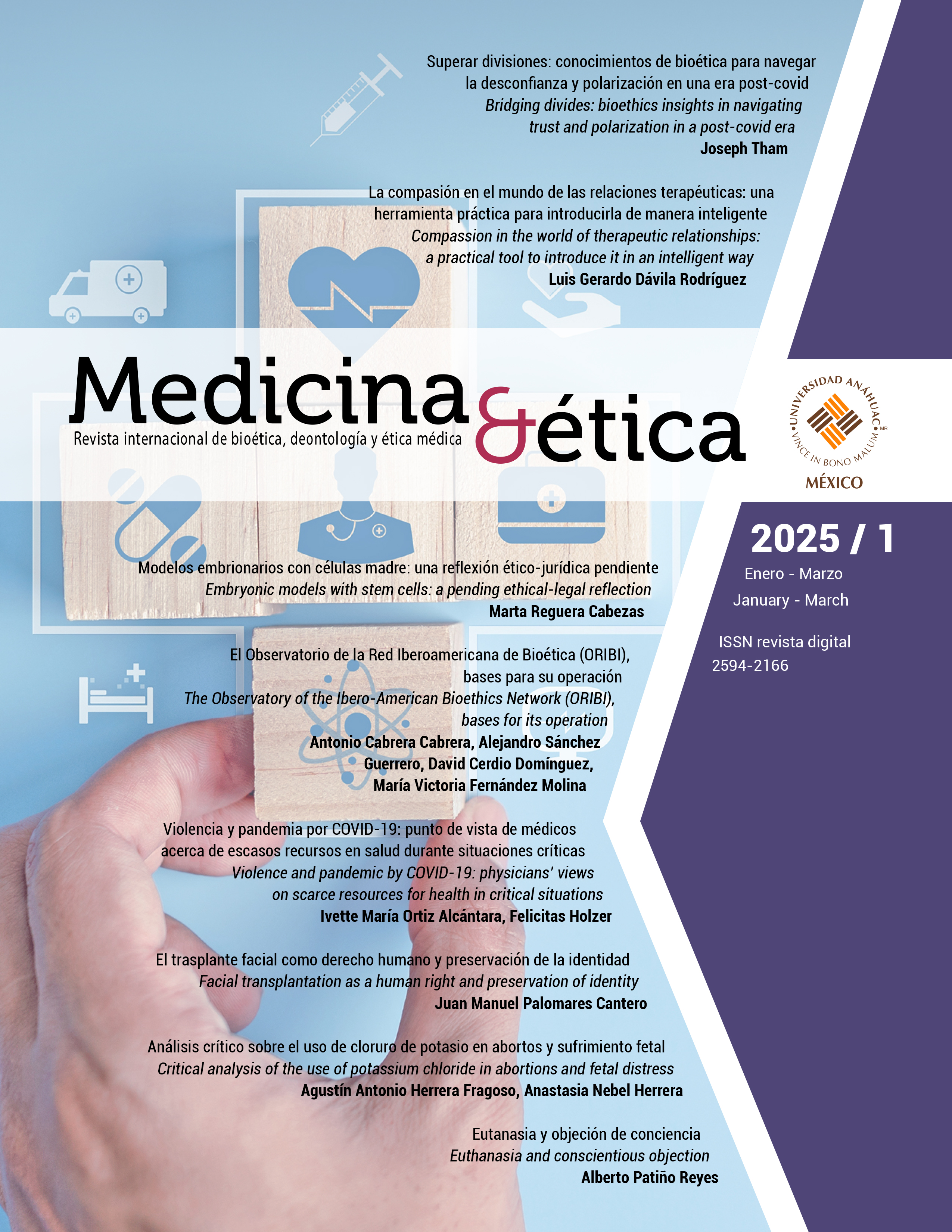
Descargas
Publicado
Número
Sección
Licencia
Derechos de autor 2025 Marta Reguera Cabezas

Esta obra está bajo una licencia internacional Creative Commons Atribución-NoComercial-CompartirIgual 4.0.
Medicina y Ética se distribuye bajo Licencia Creative Commons Atribución-NoComercial-CompartirIgual 4.0 Internacional.
El autor conserva los derechos patrimoniales sin restricciones y garantiza a la revista el derecho de ser la primera publicación del trabajo. El autor es libre de depositar la versión publicada en cualquier otro medio, como un repositorio institucional o en su propio sitio web.

